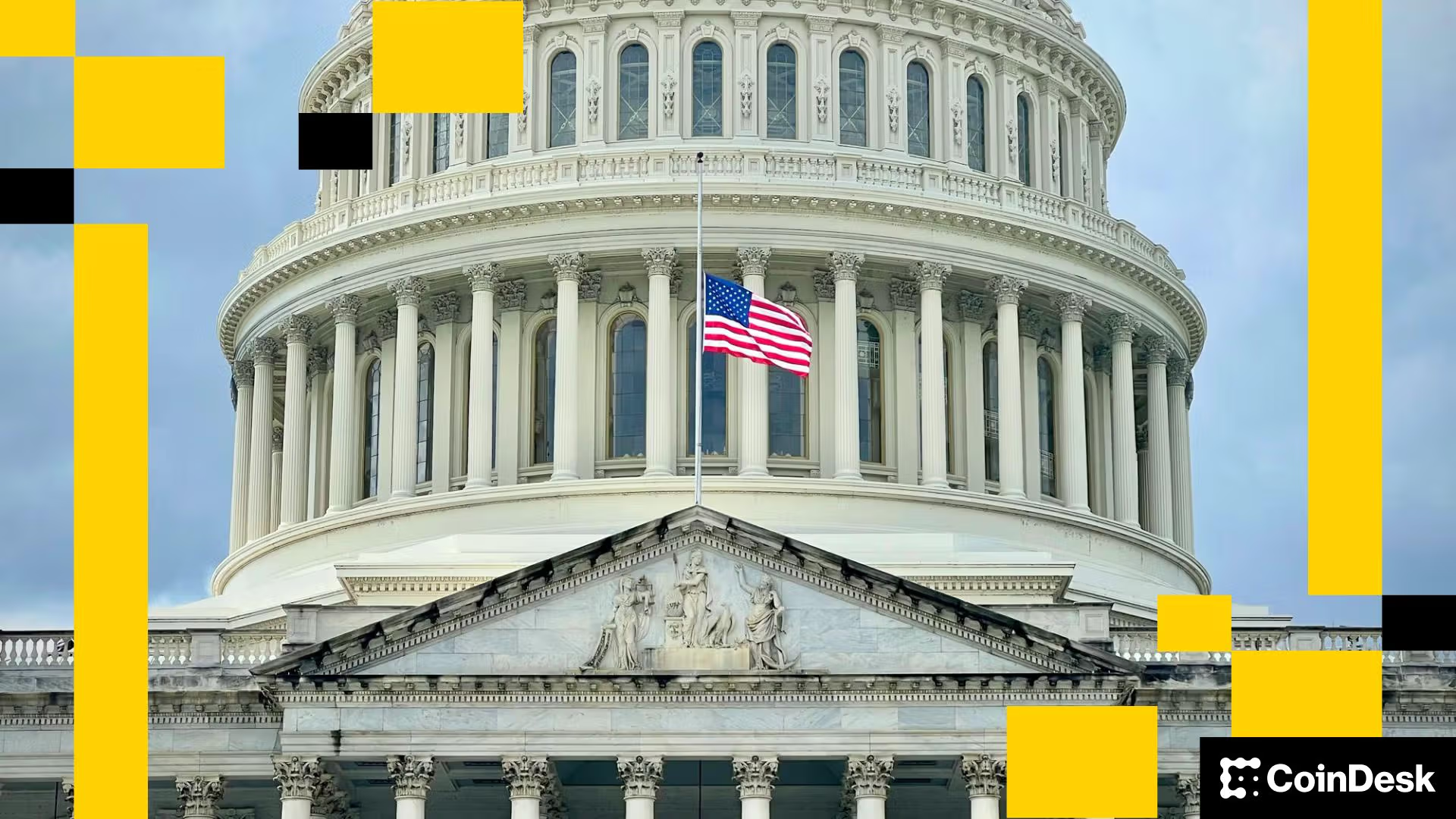From placeholder by Mario Laul
Decentralized public blockchain networks have existed for ~15 years with the associated cryptoassets currently going through their fourth major market cycle. Throughout these years, and especially since the launch of Ethereum in 2015, considerable time and resources have been spent theorizing about and developing applications on top of these networks. While progress has been impressive in the context of financial use cases, other types of applications have struggled, mainly due to the complexity of delivering scalable and seamless user experiences within the constraints imposed by decentralization, as well as fragmentation across different ecosystems and standards. However, recent technological advancements, both within and outside the blockchain industry, have made a broader range of applications not only more feasible, but also more necessary than ever.
The early years of blockchain adoption have been driven by a rather narrow definition of their core function: to enable the secure issuance and tracking of digital value without relying on centralized intermediaries such as traditional financial or government institutions. Whether we’re talking about blockchain-native fungible tokens such as BTC and ETH, onchain representations of offchain assets such as national currencies and traditional securities, or non-fungible tokens (NFTs) representing artwork, in-game items, or any other type of digital product or collectible, blockchains keep track of these assets and allow anyone with an internet connection to transact with them globally without touching centralized financial rails. Given the size and importance of the financial sector, especially in the context of ever-growing digitization, globalization and financialization, that alone is a disruptive enough use case to justify the interest that blockchains have been attracting.
Within this narrow framing, beyond the underlying asset ledgers and decentralized networks that maintain them, there are currently five blockchain applications with meaningful product-market fit: apps for issuing tokens, apps for storing private keys and transferring tokens (wallets), apps for trading tokens (incl. decentralized exchanges aka DEXs), apps for lending and borrowing tokens, and apps that enable tokens with a predictable value against traditional fiat currencies (stablecoins). As of this writing, the popular crypto market data aggregator Coingecko lists 13,000+ individual cryptoassets with a combined market capitalization of ~$2.5 trillion and a daily trading volume of $100+ billion. Close to half of that value is concentrated in a single asset, BTC, with the vast majority of the other half distributed across the top 500 assets. But the very long and growing tail of tokens, especially after NFTs are also included in the mix, demonstrates how much demand there is for blockchains as digital asset ledgers.
According to a recent estimate, there are ~420 million individuals globally that hold crypto tokens, although it’s likely that many of them have either never or very rarely interacted with decentralized applications. The leading hardware wallet manufacturer Ledger has reported that its Ledger Live software has ~1.5 million monthly active users, while popular software wallet providers MetaMask and Phantom claim ~30 million and ~3.2 million monthly active users, respectively. Combined with daily DEX volumes of ~$5-10 billion, ~$30-35 billion worth of capital locked in onchain lending markets, and the ~$130 billion market capitalization of stablecoins, these numbers provide a proxy for the current level of adoption of the five applications listed above – still low relative to traditional finance and fintech but nonetheless significant. Granted, these numbers should be viewed in the context of a recent surge in cryptoasset prices but, as blockchains become increasingly legitimized through regulation (the approval of spot bitcoin ETFs and tailored regulatory frameworks such as MiCA in Europe serving as notable recent examples), they’re also likely to continue attracting new capital and users, especially in the context of growing integrations with traditional financial assets and institutions.




But tokens, wallets, DEXs, lending, and stablecoins are merely the (financial) tip of the iceberg when it comes to applications that can be built on top of universally programmable blockchains. One way to measure the adoption of blockchains as not merely enhanced asset ledgers but as more general substitutes for centralized databases and web application platforms would be to exclude from the analysis these five applications. With the global developer population nearing ~30 million, it is notable that, according to the most recent Crypto Developer Report by Electric Capital, there are still fewer than 25,000 monthly active developers building on public blockchains, with only ~7,000 of them in a full-time role. These numbers suggest that blockchains are currently nowhere near competing with traditional software platforms when it comes to attracting developers. However, the number of developers with at least 2 years of crypto experience has increased five years in a row, the industry has multiple network-specific ecosystems with 1,000+ contributors each, and has attracted $90B+ in venture funding over the past 6-7 years. While it is true that the vast majority of this funding has been directed towards building out the underlying blockchain infrastructure and core decentralized financial (DeFi) services – the backbone of the emerging onchain economy – there’s also been considerable interest in use cases where the core application utility is non-financial, such as online identity, gaming, social networks, supply chain, IoT networks, and digital governance, to name a few. How successful have these types of applications been in the context of the most mature and widely used smart contract blockchains?
There are three main metrics that can be used as a proxy for the level of interest in particular blockchains and applications: daily active addresses, daily transactions, and daily fees paid. An important caveat to interpreting these metrics is that they can all be artificially inflated with relative ease and therefore represent the most generous possible estimate for organic adoption. According to an onchain data aggregator Artemis, over the past 12-month period, there are six networks that stand out across all three of these metrics (with each network among the top 6 in terms of at least two): BNB Chain, Ethereum, NEAR Protocol, Polygon (PoS), Solana, and TRON Network. Four of these networks (BNB, Ethereum, Polygon, TRON) are using a version of the Ethereum Virtual Machine (EVM) and thus benefit from the extensive tooling and network effects around Solidity, the programming language created specifically for the EVM. NEAR and Solana have their own native execution environments, both based primarily on Rust, which – although more complex – has various performance and security benefits over Solidity, as well as a thriving ecosystem outside of the blockchain industry.



Onchain activity on all six networks is heavily concentrated with the top 20 applications, beyond which daily active addresses (an inflated proxy for daily active users) drops to low thousands or even hundreds, depending on the network. As of March 2024, on a typical day, the top 20 applications account for as much as 70-100% of activity across all three metrics considered, with Tron and NEAR exhibiting the highest concentration, and Ethereum and Polygon the lowest. On all networks, the top 20 consists mostly of apps related to tokenization, wallets, and core DeFi primitives (exchange, lending, stablecoins), with no or only a handful of applications (0-4 per network) that fall outside of these three categories. Excluding bridges for moving value across different blockchains and marketplaces for trading NFTs (both of which should arguably be included in the asset transfer and exchange categories), the few remaining outliers are usually either gaming or social apps. However, in five out of six cases, the share of these applications in overall network activity is low (less than 20% in the best case of Polygon, but generally less than 10%). The only exception is Near, but its usage is extremely concentrated with just two applications (Kai-Ching and Sweat) accounting for ~75-80% of all onchain activity, and less than 10 apps overall with more than 1,000 daily active addresses.


All of the above reflects the legacy of the early years of blockchain development, and further solidifies their core value proposition as digital asset ledgers. The common criticism of blockchains as lacking applications is clearly unfounded insofar as their primary function is the programmable financialization and secure settlement of tokenized value. Asset issuance, wallets, DEXs (or, exchanges more broadly), lending protocols, and stablecoins have such a strong product-market fit simply because they’re closely aligned with that purpose. Given the relatively straightforward business logic and strong positive feedback loops across all five, it’s not surprising that the first generation of leading smart contract blockchains tend to be heavily dominated by applications that serve this narrow set of financial use cases. And since many of the proposed uses for blockchain applications with non-financial utility are ultimately also related to tokenization and financialization, it’s possible that these five financial applications will dominate major general-purpose blockchains in the long run.
But where does this leave blockchains in terms of their more ambitious vision of serving as generalized app platforms? For years, two of the biggest challenges for the crypto industry have been (1) scaling blockchains (both in terms of throughput and cost), and (2) achieving easy user experience without sacrificing the decentralization and security guarantees of the underlying infrastructure. In the context of scaling, a distinction is often drawn between more integrated versus more modular architectures, with Solana typically used as an example of the former, and Ethereum with its growing ecosystem of both general- and application-specific Layer-2 networks (rollups) showcasing the latter. In reality, the two approaches are not mutually exclusive and there is considerable overlap and cross-pollination between them. But the more important point is that – depending on whether the applications in question require shared state and maximal composability with other apps, or care less about seamless interoperability while having a lot to gain from full sovereignty over their governance and economics – both are now proven options for scaling blockchains.
There are also major advancements under way to improve the end user experience of blockchain apps. Specifically, thanks to techniques such as account abstraction, chain abstraction, proof aggregation, and light client verification, there are now ways to securely clear some major UX hurdles that have plagued crypto for years: having to store private seed phrases, requiring network-specific tokens to pay for transaction fees, limited options for account recovery, and overreliance on third party data providers, especially in the context of navigating between multiple independent blockchains. Combined with the growing list of decentralized data storage, verifiable offchain compute, and other backend services for enhancing the capabilities of onchain applications, the current and upcoming cycle of app development will demonstrate whether blockchains will settle in their primary role as global financial infrastructure or serve as something much more generic. Given the long list of use cases beyond DeFi that would benefit from higher resilience and more user-centric control over data and transactions, such as online identity and reputation, publishing, gaming, physical infrastructure such as wireless and IoT networks (DePin), decentralized science (DeSci), and tackling the problem of authenticity in an increasingly AI-generated world of digital content, the latter was always compelling in theory. It is now becoming feasible in practice.










All Comments